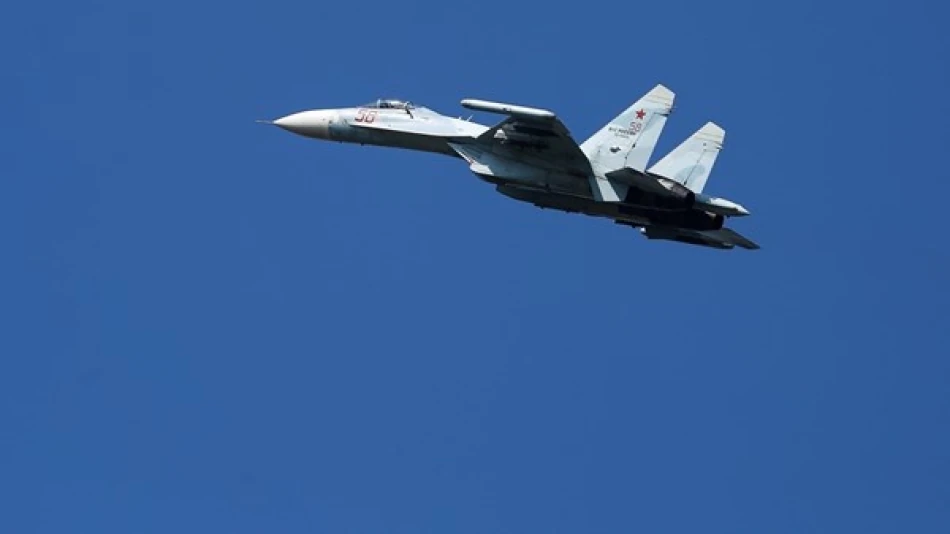
Russian Jets Spotted Near Alaska, Raising Concerns in the US Military
US and Canadian fighter jets intercepted four Russian military aircraft flying near Alaska on Thursday, marking the third such incident in roughly a month and the ninth this year. The Russian planes stayed in international airspace and never crossed into sovereign US or Canadian territory.
The North American Aerospace Defense Command (NORAD) detected two Russian Tu-95 bombers and two Su-35 fighter jets in Alaska's Air Defense Identification Zone. This prompted a significant US response - nine American aircraft scrambled to identify and intercept the Russian formation, including an E-3 Sentry command and control plane, four F-16 fighters, and four KC-135 refueling tankers.
NORAD emphasized that Russian activity near Alaska happens regularly and isn't considered a threat. The most recent previous incident occurred just one day earlier on Wednesday.
These encounters highlight the ongoing military posturing between the US and Russia, even as both countries maintain they're operating within international law. The Air Defense Identification Zone extends beyond a country's sovereign airspace, requiring aircraft to identify themselves for security purposes.
For defense analysts, the frequency of these incidents - nine times this year alone - shows Russia continues to test US response times and capabilities in the Arctic region. The area has become increasingly important as climate change opens new shipping routes and access to natural resources.
The intercepts also demonstrate the substantial resources required for these operations. Deploying nine aircraft for a single intercept mission costs hundreds of thousands of dollars and involves coordination between multiple military units across vast distances in one of the world's most challenging flight environments.
Most Viewed News

 Layla Al Mansoori
Layla Al Mansoori






